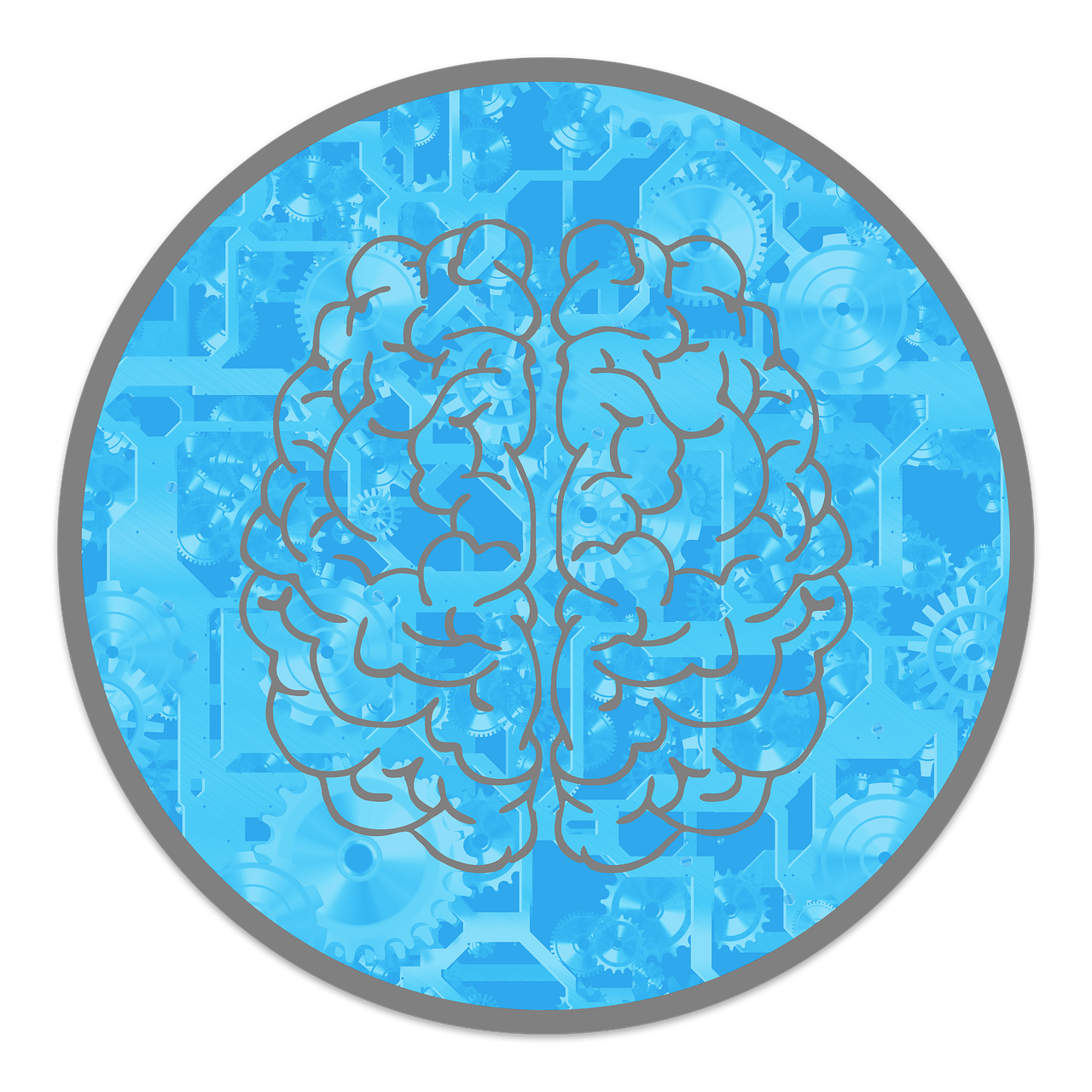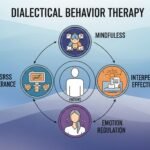
As a student, you’re constantly making choices—what to study, how to study, which internships to take, and how to manage your money.
These decisions can shape your future, so it’s important to get good at making them.
The good news?
There are simple, research-backed ways to help you make smarter choices without overthinking everything.
Whether you’re stuck picking classes, unsure about your major, or just trying to build better study habits, learning how to make solid decisions is a game-changer.
This guide breaks down clear, practical tips to help you figure things out with less stress and more confidence.
Understanding the Student Decision-Making Challenge
Being a student means making some tough calls with little real-world experience.
You’re deciding things that can affect your whole future, but you don’t always have all the info about jobs, courses, or what you really want yet.
Research shows students get hit with “decision overload” — basically, too many choices at once that make your brain tired.
Studies on career choices say breaking big decisions into smaller steps actually helps.
That’s why having a clear plan or framework for making decisions can make a big difference.
The trick is to find ways to cut down on the mental stress while still making smart choices.
Using simple, proven methods can turn that overwhelming mess into clear, manageable decisions you can handle without freaking out.

The Foundation: Core Decision-Making Principles for Students
Clarify your values and goals
Before jumping into any “decision-making strategy,” get real about what matters to you.
Like, actually matters.
Is it job stability? Doing creative work? Making enough to not stress about rent? Helping people?
Write it all down, then rank it.
This list becomes your filter for every major choice — if something doesn’t line up with your top values, it’s probably not the right fit.
Embrace the 80/20 principle
Not every decision needs hours of stress and 12 Google tabs.
The 80/20 rule helps: spend most of your energy on the few choices that will shape your future — like picking a major, applying for internships, or deciding if grad school is worth it.
For the small stuff (which elective to take, which textbook edition to buy), go with your gut or set quick rules to decide fast.
Your brain has limited fuel — save it for the big stuff.
Develop information-gathering systems
Guessing isn’t a great strategy.
When you’re deciding between paths — like different career options or internships — you need actual info.
Talk to people in the field, check job boards, read forums, ask your advisor real questions.
Build templates to make this easier.
For internships, you might always look at four things: what you’ll learn, who you’ll meet, how much you’ll grow, and if the culture sucks or not.
Do that every time so you’re not starting from scratch.
Academic Decision-Making Strategies
The SWOT analysis for course selection
When choosing courses, electives, or academic programs, apply SWOT analysis (Strengths, Weaknesses, Opportunities, Threats) to evaluate your options systematically.
- Strengths: Consider your natural abilities, existing knowledge, and academic track record in related subjects.
- Weaknesses: Honestly assess areas where you might struggle and determine if you have resources to address these challenges.
- Opportunities: Evaluate how each course contributes to your broader academic and career goals, including skill development and networking possibilities.
- Threats: Consider potential obstacles like scheduling conflicts, academic difficulty, or impact on overall GPA.
The decision matrix for study strategies
Can’t decide between flashcards, Pomodoro, or that new productivity app everyone’s using?
Make a decision matrix.
List what matters most to you — like how effective it is, how long it takes, how much it costs, and if it’s something you’ll actually stick to.
Give each thing a score. See what wins.
It keeps you from just guessing or copying what someone else does.
Progressive decision-making for major selection
Instead of trying to choose the “perfect” major immediately, use progressive decision-making.
Start by eliminating clearly unsuitable options, then gradually narrow your choices through:
- Exploration phase: Take introductory courses in multiple areas of interest
- Information gathering: Conduct informational interviews with professionals
- Trial phase: Seek experiences like internships or volunteer opportunities
- Reflection and refinement: Regularly reassess your interests and aptitudes
- Final selection: Make your choice based on accumulated evidence and experience

Career Decision-Making Frameworks
The three-phase career decision model
Figuring out what to do with your life is a lot.
Here’s one way to make it suck less:
Phase 1: Examination
Start wide. Don’t lock into one path too fast.
Make a big list of careers that even sort of interest you.
Use career quizzes if you’re totally lost. Talk to a career counselor. Don’t worry about being “realistic” yet — just gather ideas.
Phase 2: In-depth research
Pick your top 5–7 and dig in.
What’s the job market like? What’s the starting pay? Do you need more school? What does a normal Tuesday look like in that job?
Try to talk to someone who actually does it — not just read about it.
Shadow someone. Go to an industry meetup. This is where a lot of people skip — but it’s where stuff starts to make sense.
Phase 3: Selection
Use whatever tool helps you think clearly:
- Pros and cons list
- A simple decision matrix
- The 10-10-10 trick: How will I feel about this in 10 minutes, 10 months, and 10 years?
None of this guarantees a perfect outcome. But it gives you a solid shot at making a choice you can stand by..
The values-based career framework
If you don’t want to wake up in 10 years hating your job, figure out what actually matters to you.
Here’s how:
- Values identification: List your top 10 work-related values
- Values ranking: Prioritize these values in order of importance
- Career mapping: Research how different careers align with your values hierarchy
- Gap analysis: Identify careers that satisfy your most important values
- Decision integration: Choose the path that best aligns with your values while considering practical factors
The portfolio career approach
You don’t have to choose one career and commit for life.
It’s okay to build a “portfolio” — mix and match jobs, skills, and projects that add up to a real, flexible career.
Maybe you do UX design and freelance writing.
Or teach part-time while growing a small business. Or code during the day and run a creative project on the side.
Build skills in different areas. Stay curious.
Keep your options open. That way, you’re not stuck if one path doesn’t work out — or if your interests shift later (which they probably will).
Daily Life and Study Decision Hacks
The 2-minute rule
If it takes less than two minutes to decide, just do it.
Should you email your TA? Register for that seminar? Grab a snack before starting your assignment?
If it’s a tiny call, don’t waste energy overthinking.
Make the call and move on.
Otherwise, your brain ends up treating small stuff like big stuff — and you burn out over nothing.
Time-boxing for study decisions
Instead of guessing how long to study something, block off chunks of time and stick to them.
Example: 30 minutes on psych notes, 20 minutes reviewing stats formulas, 10-minute break — done.
Don’t stretch study time just because you feel behind.
That’s how you spiral into “I spent four hours and barely made progress.”
Set a timer. Work. Stop. Reset. It forces you to focus and keeps things balanced.
The Eisenhower Matrix for Priority Decisions
If your to-do list is a mess and everything feels like a crisis, try this:
| Urgent | Not Urgent | |
| Important | Do it now | Schedule it |
| Not Important | Limit or delegate | Don’t do it |
This framework helps you focus decision-making energy on choices that truly matter while avoiding distractions.
The 5-whys technique
If something keeps going wrong — like bombing a test or missing deadlines — try the 5-Whys.
Just keep asking “why?” until the real issue shows up.
For example, if you’re struggling with a particular subject:
- Why am I struggling? Because I don’t understand the concepts.
- Why don’t I understand? Because I’m not attending lectures regularly.
- Why am I not attending? Because I have scheduling conflicts.
- Why do I have conflicts? Because I took on too many commitments.
- Why did I overcommit? Because I didn’t plan my semester strategically.
Now you’re not blaming yourself for being “lazy” — you’re seeing the actual issue (overbooking). That’s the part you can fix.

Advanced Decision-Making Techniques
Scenario planning for uncertain choices
If you’re stuck between options and the future feels fuzzy, try scenario planning.
Instead of looking for one “right” answer, map out a few different futures and see how each option holds up.
Say you’re picking a grad program. Build out 3–4 scenarios:
- You land a solid job right after
- The economy tanks
- AI changes everything in your field
- Your life plans shift (family, money, health)
Now ask: which program still makes sense in most of these? You’re not betting on one perfect outcome — you’re building flexibility into your decision.
The regret minimization framework
If fear is driving your indecision, borrow Jeff Bezos’s trick: imagine you’re 80.
What would future-you regret not trying?
For example:
- “Would 80-year-old me regret not applying abroad?”
- “Would she regret not taking the art minor I secretly want?”
It cuts through short-term stress and helps you focus on what actually matters to you long-term — not just what feels safest now.
Reversible vs. irreversible
Not every choice is permanent.
A lot of student decisions are more flexible than they seem.
Quick test:
- Can you change it later without major fallout? It’s reversible — don’t overthink it. Try it, tweak it.
- Big commitments with lasting impact (moving countries, taking on major debt)? That’s irreversible — take your time.
Examples:
- Picking an elective? Reversible.
- Declaring a major? Still reversible.
- Taking out $60k in loans? That one’s probably worth a few pros/cons lists.
Knowing which kind of decision you’re dealing with can lower your stress and make it easier to just start.
Most of the time, you can pivot — so don’t let perfectionism stall you.

Overcoming Common Decision-Making Pitfalls
Analysis paralysis
Analysis paralysis is real.
You keep digging for more info, thinking one more article will make the decision easier.
It usually doesn’t.
If you’ve got about 70% of what you need, that’s enough to move.
Set a cutoff and decide. You can course-correct later if needed.
Social pressure and comparison
It’s easy to compare.
Someone else gets an internship, and suddenly you feel behind — even if their goals don’t match yours at all.
Pause and check in: Is this something i even want? Or am i just reacting to their highlight reel? Your values > their timeline. Always.
Perfectionism
Not every choice needs to be the “best” one.
Some just need to be done. Picking a study app, choosing between two electives, deciding when to start your essay — go with “good enough” and keep moving.
Save the deep thinking for the decisions that actually shape your path.
Confirmation bias
Once you have a favorite option, it’s easy to only look for info that supports it. Push back.
Try asking a friend to play devil’s advocate or deliberately google “downsides of X.”
You’ll either find dealbreakers early — or get even more confident in your choice. Both are wins.
Wrap-Up: Make Decisions Without Losing Your Mind
You don’t need to be perfect — just clear, honest, and a little more intentional.
Good decision-making isn’t about always getting it right. It’s about getting better at how you choose.
Start small. Use these tools on stuff like picking electives or managing time.
Build the muscle. Then use what works when the big stuff hits — like jobs, majors, or life shifts.
Most of all: don’t freeze up waiting for certainty.
Make the best call with what you’ve got. Adjust if you need to.
You’ll learn way more by doing than by overthinking.
Pick one real decision you’ve been putting off. Try a framework. See how it feels. That’s how this gets easier.



